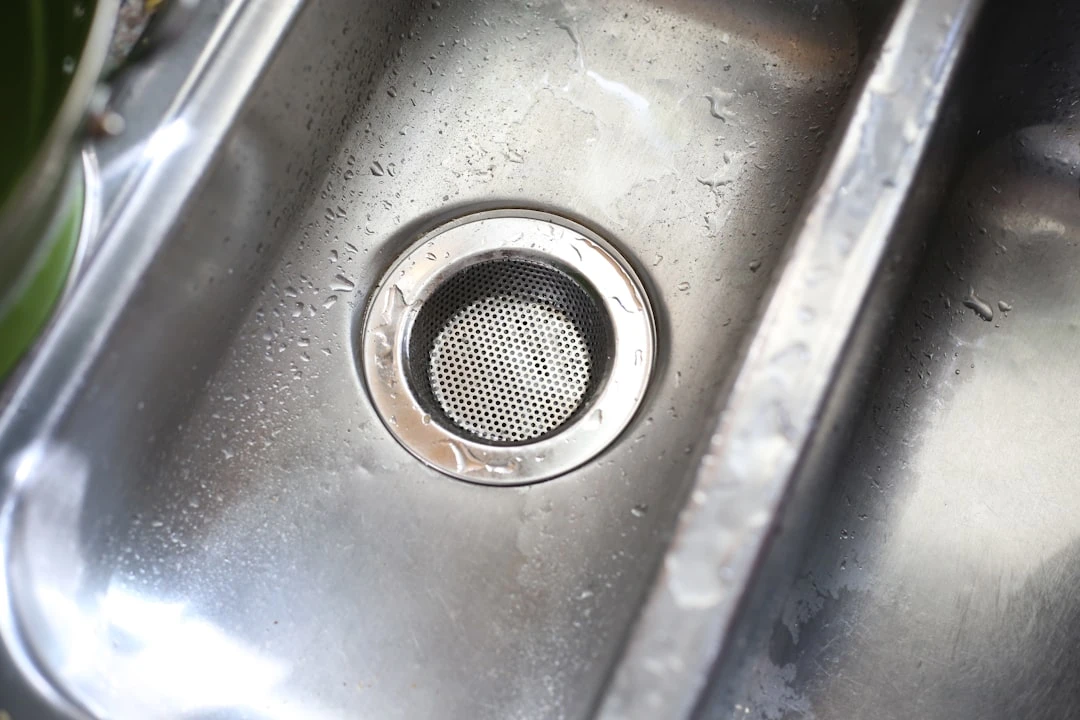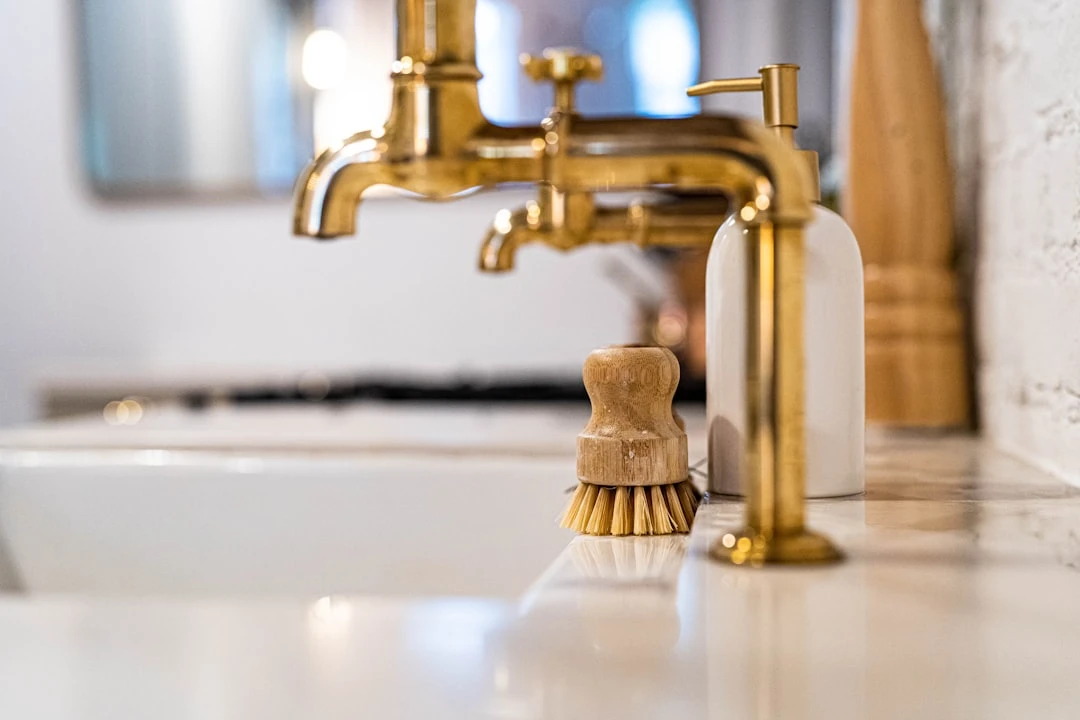Simple Ways to Prevent Clogs at Home

Does your drain smell or water disappear slowly? Good news: most household pipe blockages are preventable with a simple, 5–10-minute routine per week. The following steps work for both homeowners and renters.
Why blockages occur and why prevent them?
At home, blockages are mainly caused by grease, food waste, hair, soap scum, and limescale. Over time, a sticky layer forms on the inner walls of pipes, which traps increasingly more dirt. Prevention is significantly faster and cheaper than clearing a blockage, not to mention the inconvenience and potential water damage.
Kitchen sink daily routine
Start with mechanical protection. Install a fine sieve or strainer in the sink drain that catches rice grains, coffee grounds, and larger food particles. Before putting dishes in the dishwasher or washing by hand, scrape plates into the trash – not down the sink drain. Never pour fat down the drain: wipe pans and pots clean with kitchen paper or a napkin before washing them, and collect liquid fat in a sealed jar or waste bag.
If your sink tends to slow down, once a week run the hottest water your tap provides, along with a drop of dish soap. This helps break down fat emulsions. Avoid harsh lye and acid-containing "quick cleaners" for maintenance – they can damage seals and the siphon. A biological, enzymatic maintenance product works once a month, as it "eats" organic matter without burdening the pipes.
If you have a dishwasher in your kitchen, work with the filters consistently. Regular appliance maintenance reduces grease and food waste entering the pipes – check instructions in the article dishwasher cleaning.
Bathroom and toilet: simple weekly plan
Shower and bathroom drains usually get blocked due to hair and soap scum. Cover the trap with a hair catcher and remove it under running water after each shower – 30 seconds that saves hours of pipe cleaning later. After washing, run hot shower water down the drain so soap foam doesn't dry in clumps on the pipe wall.

Your sink and shower siphon – or water seal – is your ally, but needs cleaning. Once a month, carefully unscrew the siphon, hold a bucket underneath, and rinse all parts clean. Put the seal back, make sure it sits properly, and fill the siphon with water so the trap works.
The toilet follows the 3P rule: it belongs only to piss, poop, and paper. Wet wipes, cotton swabs, sand, grease, or food scraps go in the trash, not the toilet. Limescale that accumulates under the toilet rim collects dirt; regular light limescale removal also reduces blockage risk.
Bathroom ventilation prevents soap scum and mold from sticking to surfaces – good air circulation also supports drain health. Find practical tips in the article how to prevent mold in the bathroom.
If you use a washing machine, clean the filter and drain hose according to the manufacturer's recommendations. This prevents fibers and detergent residue from entering the pipes. Step-by-step instructions can be found in the guide washing machine cleaning.
Once a month: pipe maintenance day
Choose one fixed date and do a short "pipe check" at home. Start by flushing all taps with hot water for 1–2 minutes. Then clean the siphons in the kitchen and bathroom, using an enzyme preparation in the drain if needed.
Check that sink overflow outlets are clean and that the toilet tank isn't leaking water continuously into the bowl – constant small flow carries limescale and accelerates deposits. Finally, wipe the area around drains dry, as dry surfaces collect less dirt.
If you're doing major home cleaning, keep the sequence logical: move from cleaner to dirtier areas and top to bottom – we discuss the same principle in the article cleaning.
Signs it's time to act immediately
Slow drain, bubbling from a neighbor's pipe once passed, gurgling sounds, or sewage odor are early warnings. If home steps (hair catching, siphon cleaning, hot water, and enzymatic maintenance) don't help within 24–48 hours, don't use increasingly stronger chemicals. It's better to call a specialist – this prevents damage to pipes and seals.
If you live in a rental apartment
Stick to the routines above and inform your landlord or manager immediately of repeated blockages or backflow. Typically, the tenant is responsible for daily maintenance (sieves, siphon cleaning), but problems with risers or main building pipes fall under the building manager's or housing association's responsibility.
If the building needs major pipe system renovation, it's useful to discuss funding in the association – find options here: housing association renovation loan.
For homeowners and housing associations
Old building risers, worn siphons, and inadequate ventilation increase blockage risk throughout the entire stairwell. Regular riser camera inspection, backflow valve checks, and drain ventilation inspection are worthwhile to plan into the maintenance schedule.
If you're planning apartment or house renovation, consider systematic pipe system renewal with a financing solution: taking a housing association loan.
Moving or choosing a new home: check the pipes too
Before choosing a new home, find out when the pipes were last replaced, whether bathroom traps and siphons are accessible, and whether the kitchen has a functional grease and hair trapping solution. In newer developments, solutions are often well-thought-out and accessible – explore the selection here: new developments.
If you're looking for a cozy city home, start here: apartments for sale – if needed, refine apartment purchase criteria by location and condition. Do you prefer a modern, factory-made solution? Check out factory houses; fast "turnkey" installation and new pipe systems reduce maintenance risks.
In summary, consistent, simple routines keep your drains clean and functional. If you're planning a home change or renovation, take the smart next step at Kinnisvara24: start your search and find a home that requires less worry and more living.
Search
Keywords
Most read articles
- Price per Square Meter of Apartments in Tallinn in 2025

- Estonian Apartment Prices and Market Expectations in 2025

- The Apartment Market in Estonia's Largest Cities in 2025

- Notary Fee and State Fee – Who Pays and How Much?

- Five-year transition period ended: nearly zero-energy building requirements extended to new small residential buildings
